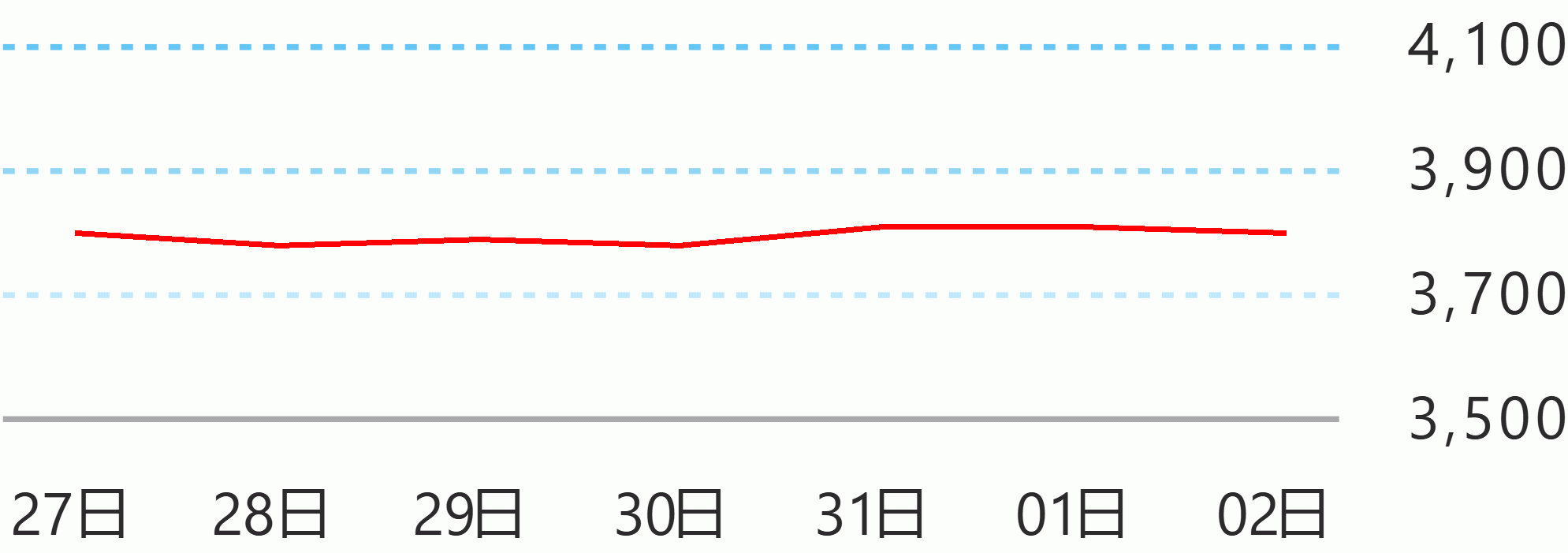The Monetary Board approved the new set of 2022 and 2023 balance of payments (BOP) projections during its Friday meeting. The current set of BOP projections incorporates latest available data and recent emerging developments.
In this forecast round, the emerging BOP outlook for 2022 and 2023 continues to be influenced by key risk factors previously articulated in the September projection exercise.
In particular, risk factors such as persistent high inflation, the protracted Ukraine-Russia conflict, and pandemic-related legacies continue to weigh on the external sector outlook over the near term.
While the assumption for global GDP growth for 2022 was kept unchanged from the last projection exercise, the downward revision in the growth assumptions for the United States and China, which are the country’s major trading and investment partners, reflects a weaker trajectory for external demand going forward.
For both 2022 and 2023, the current account projections were largely retained from the previous forecast round with the exception of travel exports receipts, which are expected to grow at a much faster rate in 2022 given latest actual data.
Meanwhile, the updated projections for foreign direct investments (FDIs) and foreign portfolio investments (FPIs) were lower taking into account the latest outturn in the first nine months of the year as well as the downscaled global growth outlook and tighter financial conditions.
For 2022, external sector prospects continue to be primarily constrained by elevated global inflation which has prompted central banks to maintain an aggressive monetary tightening stance, with attendant effects on growth and demand.
Against this backdrop, the key growth drivers that supported domestic recovery, that of expanded vaccine coverage and a gradual full reopening of the economy, have also resuscitated high value services exports which were earlier hampered by the pandemic, such as travel and travel-related activities as well as BPO services.
As mobility conditions continue to improve and travel protocols ease, inflows from overseas Filipinos remittances are likewise projected to remain resilient, backed by strong recovery in overseas deployment.
Both foreign direct investments (FDI) and foreign portfolio investments (FPIs) are expected to lead to sustained inflows, albeit at a more modest level than initially anticipated, following dampened investor sentiment from external headwinds.
For 2023, the overall BOP balance is expected to post a wider deficit relative to the previous forecast amid weaker global growth prospects. Both advanced and emerging market economies are expected to feel the full impact of monetary policy tightening this year, particularly by the US Fed, in terms of reduced credit activity and slower spending.
With the likelihood of the current tightening cycle extending into 2023 remaining high, the risks to the growth outlook tend largely toward the downside. Domestic activity will continue to provide the means by which to prop up the country’s external payments position. The further easing of foreign entry and mobility restrictions could propel tourism and travel-related activities as well as BPO services.
The government's continued push for its infrastructure agenda and recently enacted structural reforms likewise lend support to expectations of sustained imports and foreign investments, albeit at a more modest pace given expected deceleration in international oil prices as well as subdued investor sentiment. Foreign reserve buffers are also expected to support investor confidence amid the current challenging global environment.
The BSP continues to emphasize limitations to the forecasts, particularly given continued buildup of external challenges. The BSP will continue to monitor closely emerging external sector developments and risks and how these may impact the BSP’s fulfillment of its price and financial stability objectives. BSP





 English
English










